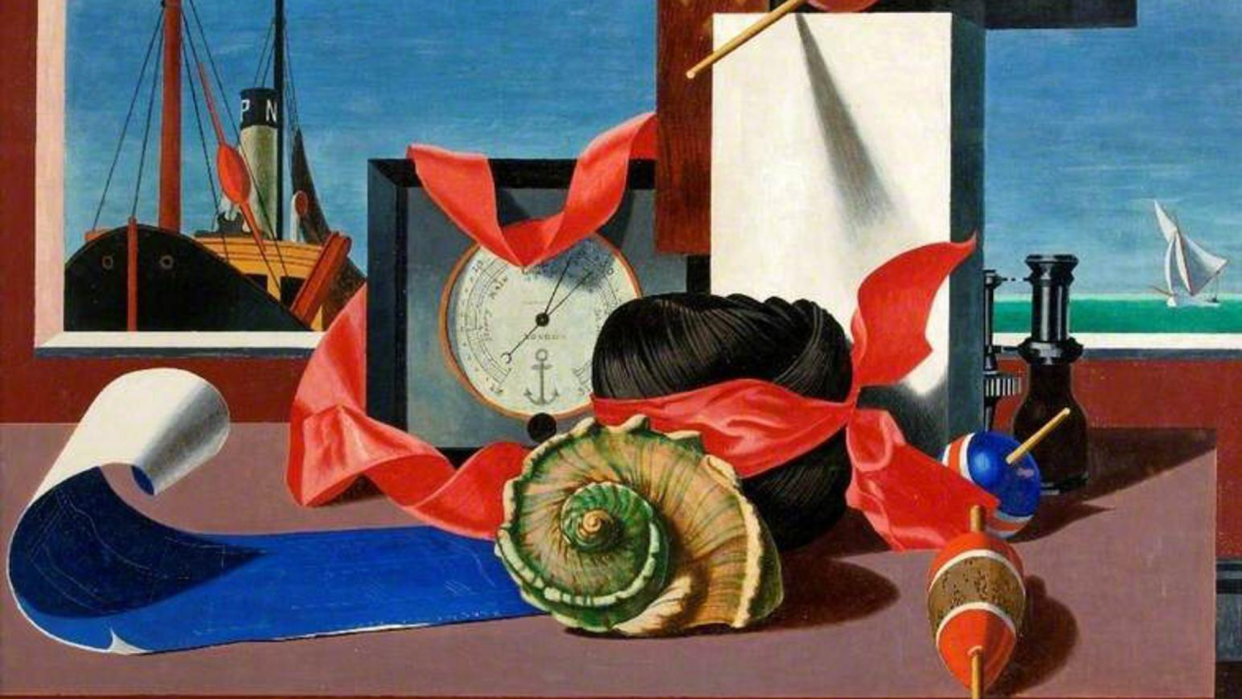The Shape of Things: Still Life in Britain – a 'delightful and imaginative' event

- Oops!Something went wrong.Please try again later.
- Oops!Something went wrong.Please try again later.
- Oops!Something went wrong.Please try again later.
For centuries, artistic genres were placed in a hierarchy, said Laura Freeman in The Times. Top came history painting – stagey renditions of biblical and classical scenes. Next came portraits, then scenes of everyday life, followed by landscape and paintings of animals. It was only then that you got to still life, a style considered the "lowest of the low". This new exhibition at Pallant House in Chichester "is having none of it": it argues that still life was, and is, "a brilliant vehicle for expression, experiment and sheer artistic display".
It brings together dozens of still lifes realised between the 17th century and the present day, its informative captions providing a "potted social history" of Britain over the period. With a dazzling range of works by everyone from Eric Ravilious to Walter Sickert to Damien Hirst, it mixes familiar names with new discoveries, "pretty pictures" with sombre meditations on mortality. It makes for a delightful and imaginative event.
Still life as we know it "came of age" in the 17th century, said Alastair Smart in The Daily Telegraph. One strain, known as vanitas, proved popular in Protestant lands, including Britain, on account of the fact that it swerved the "overtly religious subject matter" that characterised much Catholic art, but still conveyed a moral message. An example here, by the London-based Dutch artist Edward Collier, groups together "a globe, a book and some musical instruments" to imply that worldly power, learning and entertainment "are all fleeting – and fail to prevent the inevitability of death". Yet still life fell from fashion in the 18th century, in part because the newly established Royal Academy "demeaned it" for not incorporating human figures. It was only much later, with post-impressionism, that it once again began to be taken seriously.
While Cézanne and later Picasso redefined what art could be with their still lifes, their British followers "took a gentler approach", said Mark Hudson in The Independent. Some of the results are underwhelming: a 1917 painting of a vase of flowers by Vanessa Bell, for instance, nods to Matisse but ends up resembling "an inflated children's book illustration".
More interesting are sections on surrealism and pop art, highlights of which include Edward Wadsworth's "oddball" "Bright Intervals" (1928), Paul Nash's 1929 depiction of a dead pot plant, and a painting of a Typhoo tea packet by a young David Hockney. Elsewhere, "historical classics" are contrasted with "cutting-edge contemporary works". Several digitally enhanced images of "domestic clutter" fly the flag for modern times, but one of the most "arresting" of all is the 18th century Chichester artist George Smith's "Still Life with Joint of Beef on a Pewter Dish", a "viscerally precise" vision of "yellowed fat" on "greying meat". It all adds up to a "lively" walk through the history of British still life.
Pallant House Gallery, Chichester, West Sussex. Until 20 October

